In 1985, INESC arrived in the city of Porto with the mission of improving laboratory conditions, securing appropriate funding, promoting the transfer of knowledge from academia to society, and driving the country’s development. Forty years later, with a community of more than 1000 people and a turnover of €34M, the Institute plays a transformative role in society, committed to generate science with impact.
To tell the story of INESC in Porto, we must go back to 1980, when José Tribolet and João Lourenço Fernandes, both lecturers at Instituto Superior Técnico, founded INESC in Lisbon. A few years later, they invited a group of academics from the University of Porto to establish an INESC hub in the city – which would be established thanks to funding from a major telecommunications project that attracted the interest of PhD holders who had recently returned to Portugal after completing their degrees. Funding was to be secured through the telecommunications operators of the time: CTT, TLP, and CPRM – with support from the Secretary of State for Communications. The name of the project was SIFO, aimed to develop a prototype of a fibre optic services network. At that time, the University of Porto joined INESC (with a national scope). INESC’s activities in Porto began with the involvement of lecturers from the Faculties of Engineering and Science, operating out of premises on Rua José Falcão, located above what was then the Livraria do Estado.
The 40th anniversary of the Institute was marked by looking back on the history and the various places in the city of Porto that have hosted INESC TEC over the years. The community came together and people participated in a journey over the last four decades “From Rua José Falcão to Asprela campus: how far have we come in the last four decades?” this was the question that guided a conversation featuring Artur Pimenta Alves and João Peças Lopes, directors of INESC TEC; Pedro Guedes de Oliveira and José Manuel Mendonça, former Chairmen of the Board; and João Claro, current Chairman – with moderation by Board Member Clara Gouveia.
The challenges of industry, training and business incubation
This journey began on Rua José Falcão with the SIFO project, and the challenges faced at the time, particularly in building and training a multidisciplinary team. It then moved through other moments in the Institute’s history – a history well known to Porto’s city centre, as the early years were spent between José Falcão, Largo Mompilher, and Praça da República. There were many anecdotes and episodes that marked INESC TEC’s life, shaping it into the institution we know today.
Besides SIFO, on that day of celebration, some mentioned the funding for the Technology Transfer Centre for Automation and Control aimed at SMEs, through PEDIP. This led INESC to acquire new facilities on Rua José Falcão, driven by the need for a laboratory with a computing integrated manufacturing line – which, for the first time, brought a research centre and a technology transfer centre together under one roof.
Also highlighted were the collaborations with multinational technology giants like the BBC and NEC Japan, applied research in public administration, and work in sectors like cork, footwear, and metalworking – with increasing demands from companies throughout the 1990s. Other projects highlighted included automation endeavours like computerised quality control of cork stoppers; energy management in large energy-consuming companies; and automatic quality control in metalworking, specifically at Sanofi, during an aluminium injection process. Around that time, EFACEC introduced a new challenge, which the researchers perceived as an opportunity: to begin developing computer simulation tools like those used for transmission networks but aimed at distribution networks.
Besides the partnerships with industry entities, this trip back memory lane also took the community to the era of FUNDETEC and vocational training, as the Institute has always played a significant role in educating young people and mid-level technical staff; another key-activity for the organisation was mentioned: the incubation of tech companies through the AITEC incubator – which, with a branch in Porto, helped launch companies like Nova Base, Medidata, and CFA.
Empowerment, expansion and INESC TEC
Those present also recalled the year of 1998, when INESC in Porto became autonomous, leading to INESC Porto, as well as the time the Institute earned the status of Associated Laboratory with an Excellent rating, moving into a new building on the Asprela campus – the current headquarters – and paving the way for the professionalisation of science through the establishment of support teams in technical and management areas.
There, the Institute integrated the Polytechnic Institute of Porto as an associate, and expanded to the University of Minho and the University of Trás-os-Montes and Alto Douro, adopting the name INESC TEC. Another topic explored was international growth: not only the significant participation in European programmes, but also INESC TEC’s active role in national partnerships with American universities and the creation of INESC P&D Brasil.
Forty years after a challenged proposed by telecommunications operators, the fast development of INESC TEC contributed to today’s organisation with over 1000 people, a turnover of €34M, facilities in Porto, Braga, Vila Real, and Madeira, and a representation in Brussels. It is currently recognised nationally and internationally for the transformative role in society and the commitment to generating science with impact.
From the past to the future: the celebration was also a moment to reflect on the present, with a look at the results of 2024 activities and a discussion about what the next decade could mean for the organisation – from the current strategic plan running until 2030 to the foresight exercise underway, concerning the following period Always true to the initial drive to change the world through science and innovation without borders.
Then, all attendees sang “Happy Birthday” to INESC TEC, with a different “touch”: not one, but 40 cakes – one for each year of history.
It is worth mentioning that, as part of the celebrations marking INESC TEC’s 40th anniversary, three initiatives have already taken place: the INESC Brussels HUB Winter Meeting (which brought together over 200 people to discuss research and technology infrastructures); the “40 Years, 40 Trees” initiative, promoted by INESC TEC’s Technical Committee for Social Responsibility, in partnership with the Porto City Council; and the event “Camões, o Mar, a tecnologia e a ciência Portuguesas” (which, focusing on the 500th anniversary of Camões’ birth, reflected on scientific and technological advances related to the sea, particularly in the field of ocean robotics). Throughout the year, INESC TEC has planned a set of other commemorative activities, starting with the 10th edition of the Autumn Forum, which will take place in November (with some novelties this year, which will soon be unveiled).


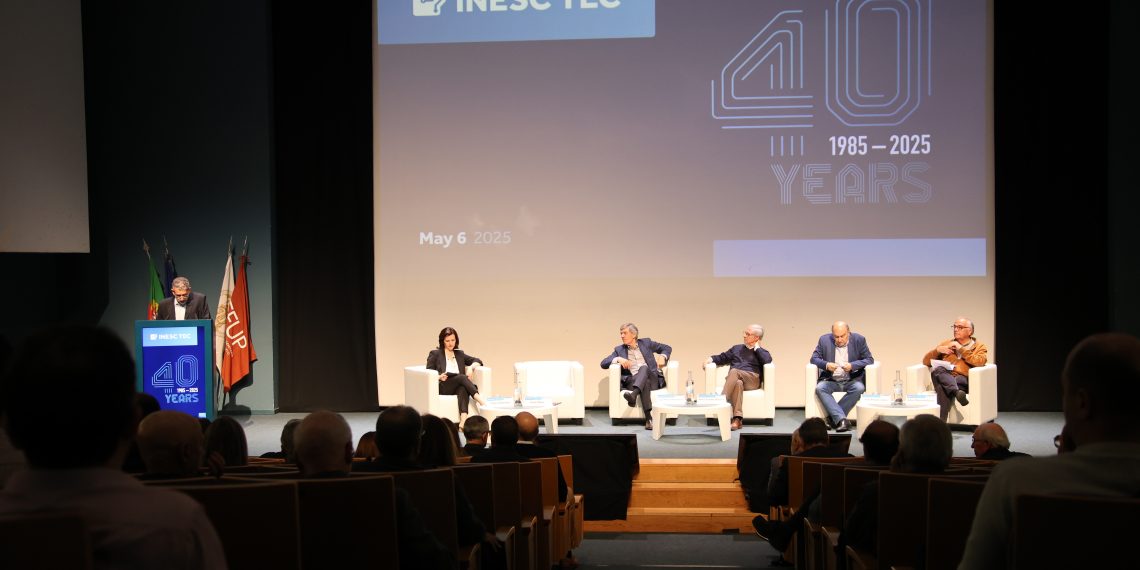
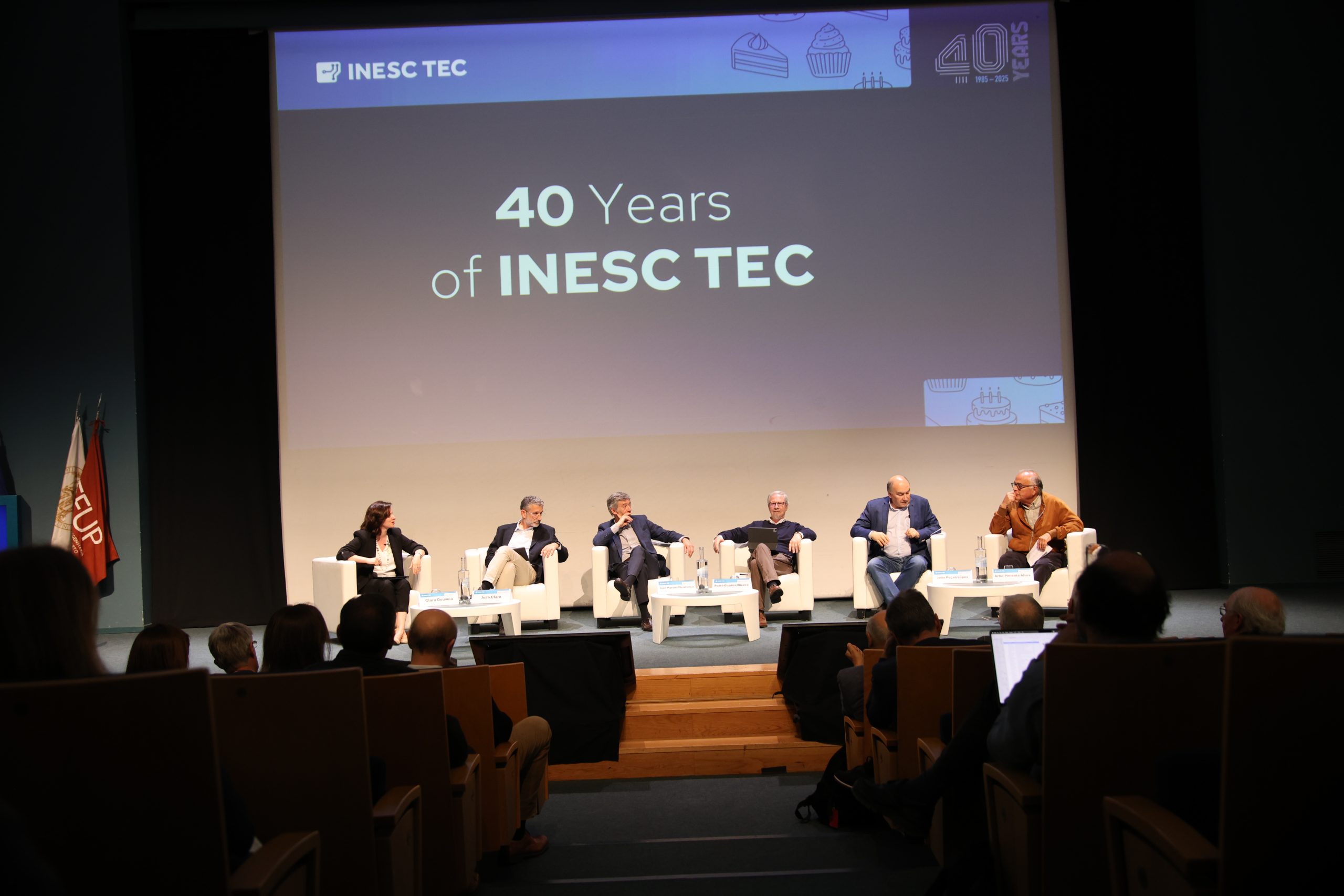
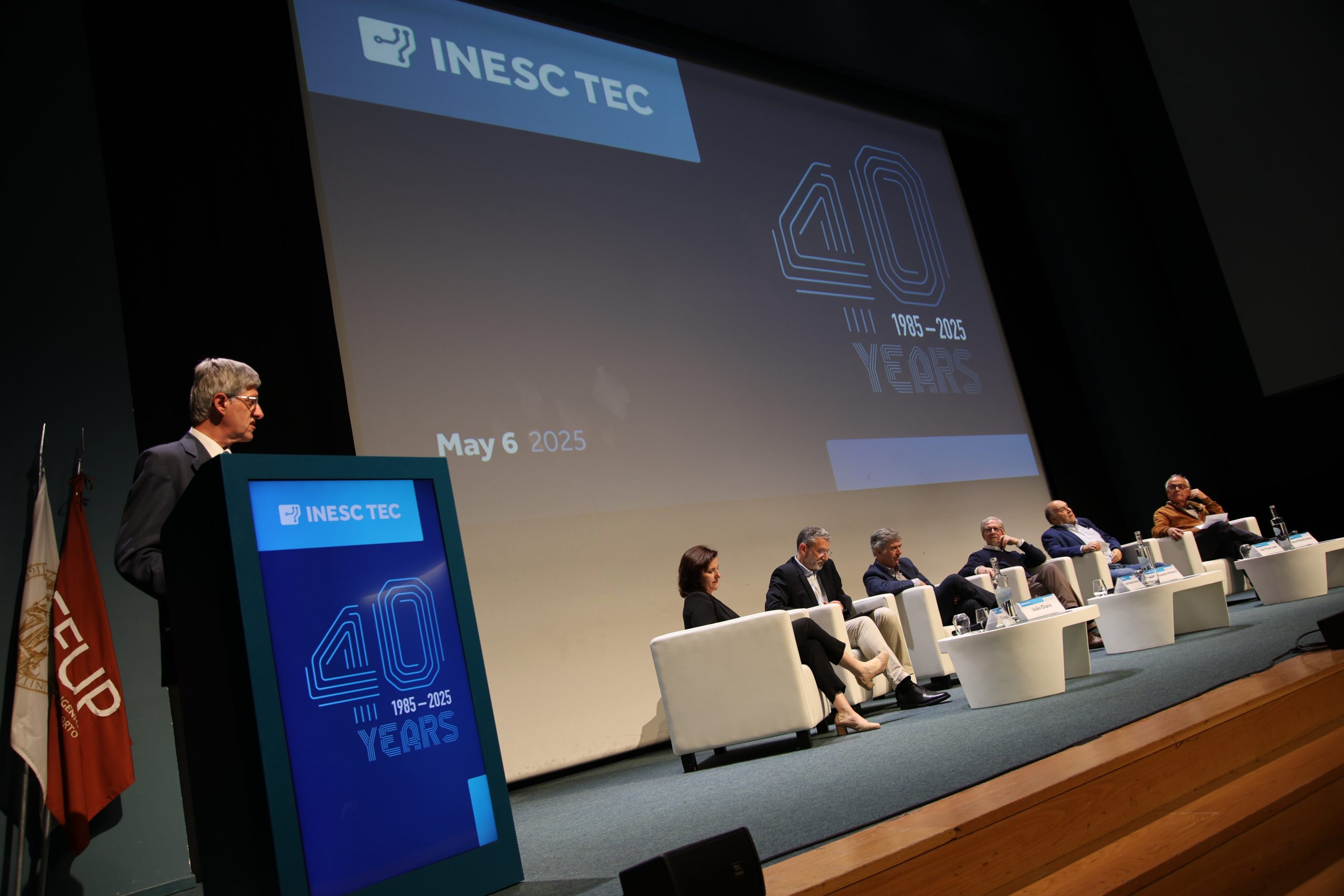
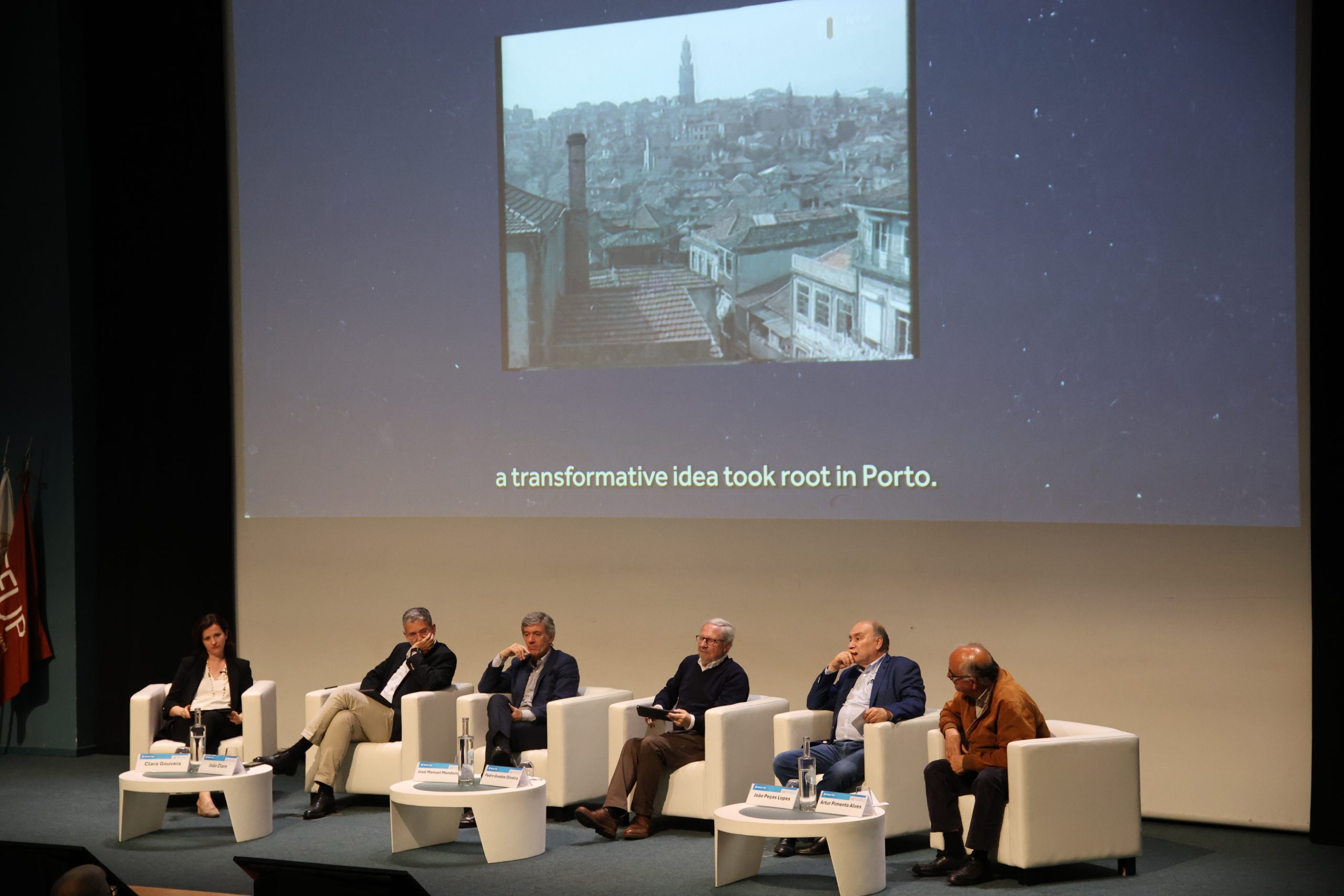
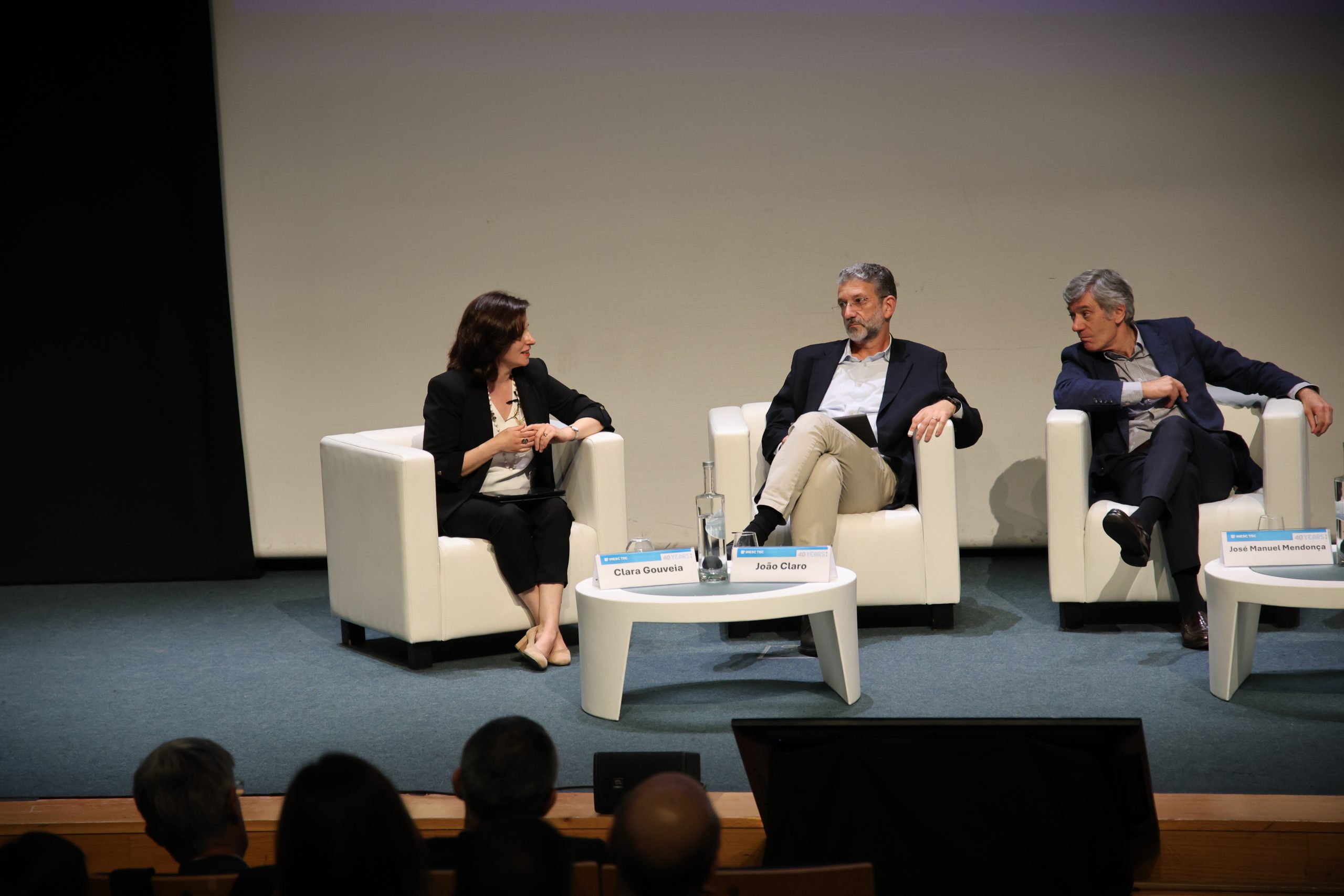

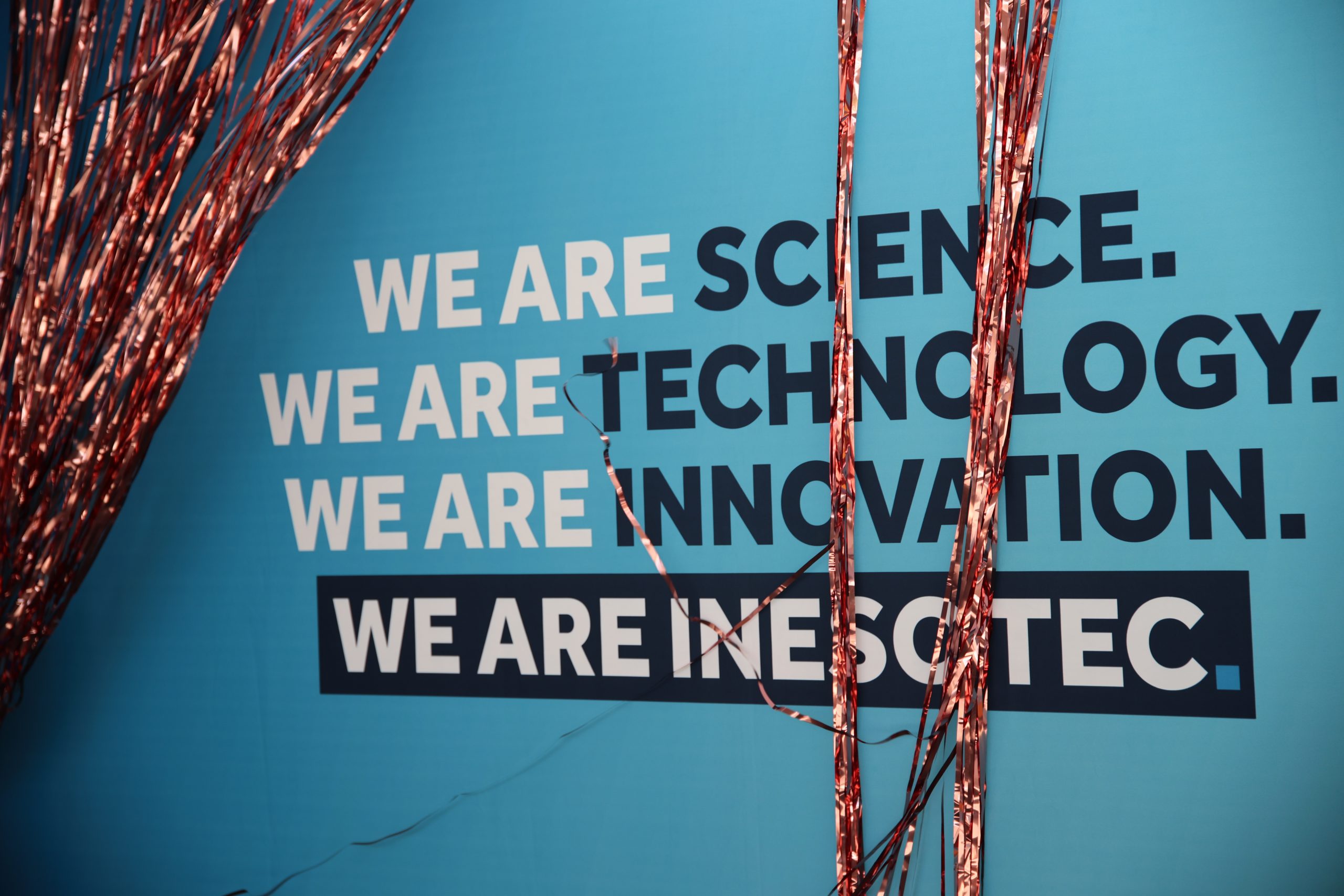
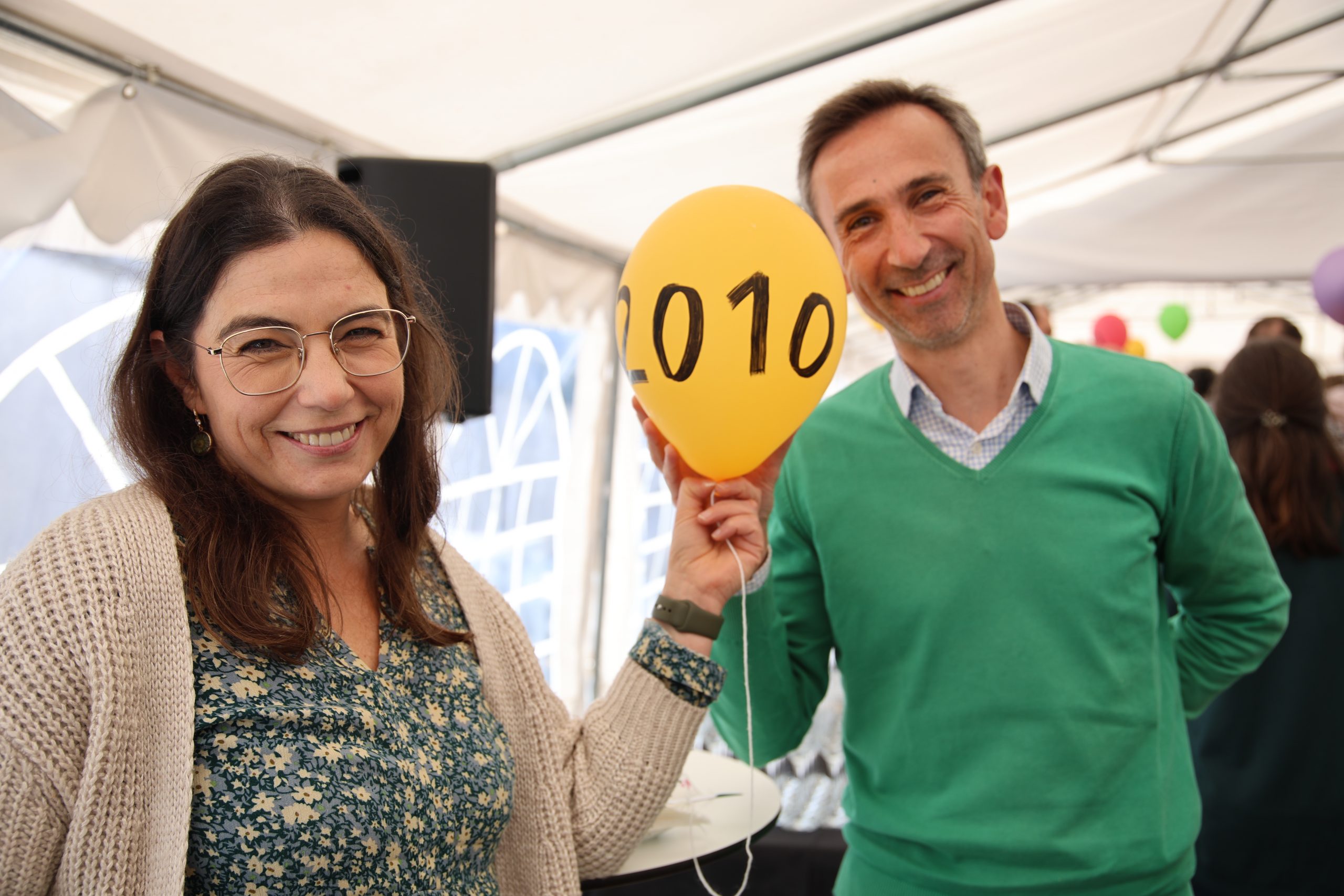

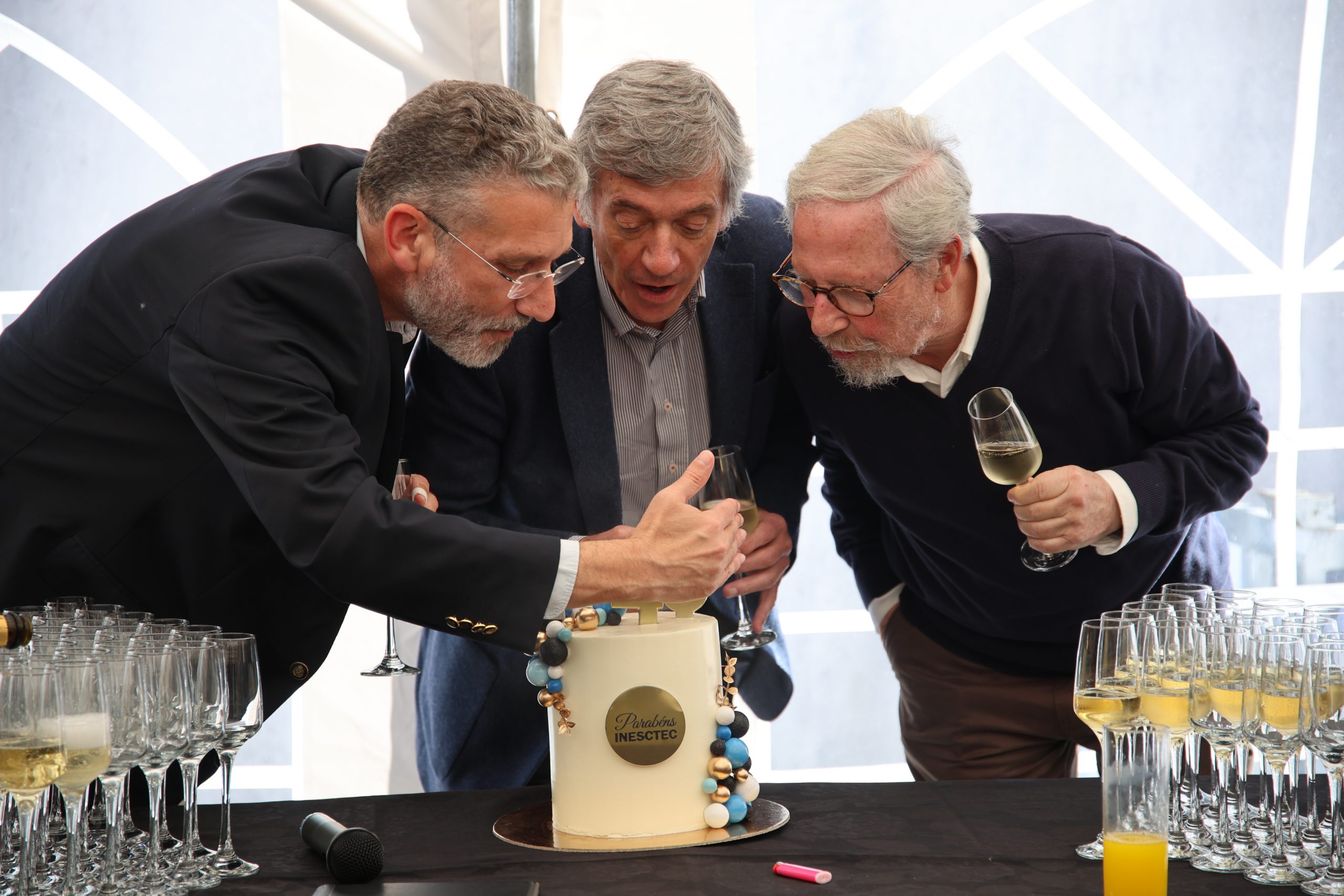
 News, current topics, curiosities and so much more about INESC TEC and its community!
News, current topics, curiosities and so much more about INESC TEC and its community!